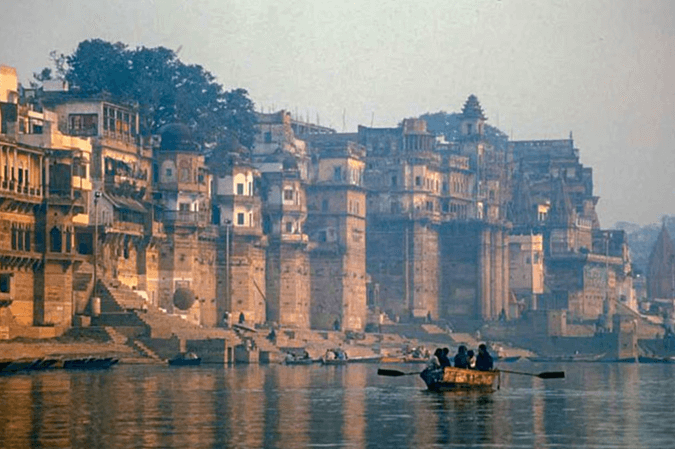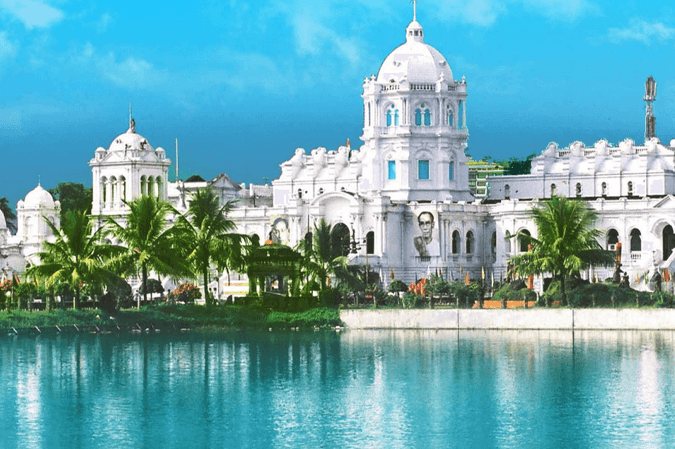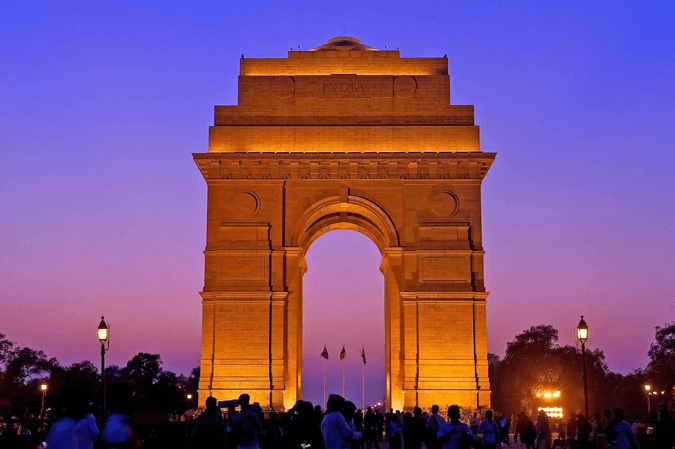History
Uttar Pradesh has been at the heart of Indian civilization for thousands of years:
- Ancient Period: The region has seen the rise of some of the earliest and most powerful empires in Indian history, including the Maurya, Gupta, and Mughal empires. It was also home to the kingdoms of Kosala and Vatsa, mentioned in ancient texts like the Mahabharata and Ramayana.
- Medieval Period: During the medieval period, the region was under the rule of various dynasties, including the Delhi Sultanate and later the Mughal Empire. The city of Agra was the capital of the Mughal Empire under Akbar and is famous for its Mughal architecture.
- Colonial Era: Uttar Pradesh was an important center during British rule, particularly in the revolt of 1857, which is often referred to as India’s first war of independence. The state was known as the United Provinces during the British era.
- Post-Independence: After India gained independence in 1947, Uttar Pradesh became an important political and cultural hub in the country. In 1950, it was renamed Uttar Pradesh. The state has produced several prime ministers of India, including Jawaharlal Nehru, Indira Gandhi, and Atal Bihari Vajpayee.
Landscape and Area
Uttar Pradesh covers an area of 243,286 square kilometers, making it the fourth-largest state in India:
- Topography: The state is primarily composed of the fertile Gangetic Plain, which is irrigated by major rivers such as the Ganges, Yamuna, and Ghaghara. The state also has forested regions in the southern Vindhya range and in the Terai region near the Himalayan foothills.
- Rivers: Uttar Pradesh is blessed with some of the holiest rivers in India, including the Ganga, Yamuna, Sarayu, and Gomti. These rivers play an essential role in the agriculture, economy, and culture of the state.
- Major Regions: The state is divided into several regions, such as Awadh, Rohilkhand, Bundelkhand, Purvanchal, and Western UP. Each region has its own unique geographical features and cultural practices.
Climatic Conditions
The climate of Uttar Pradesh varies across the state due to its diverse geography:
- Summer: The summer season (March to June) is typically hot and dry, with temperatures rising to 40°C or more, particularly in the plains.
- Monsoon: The state receives moderate to heavy rainfall during the monsoon season (June to September), with the eastern part of the state receiving more rain than the western part.
- Winter: The winters (November to February) are cool and pleasant, with temperatures ranging from 10°C to 20°C. Northern parts of the state, particularly near the Himalayan foothills, experience colder temperatures and occasional frost.
Historical Places
Uttar Pradesh is home to some of the most iconic historical and religious sites in India:
- Taj Mahal (Agra): One of the Seven Wonders of the World, this white marble mausoleum built by Mughal Emperor Shah Jahan in memory of his wife Mumtaz Mahal is a UNESCO World Heritage Site.
- Fatehpur Sikri: This ancient city near Agra was built by Akbar in the 16th century and served as the capital of the Mughal Empire for a brief period. It is also a UNESCO World Heritage Site.
- Varanasi (Kashi): One of the oldest continuously inhabited cities in the world, Varanasi is a major pilgrimage site for Hindus. The ghats along the Ganges River are renowned for their spiritual and cultural significance.
- Sarnath: Located near Varanasi, this is the place where Gautama Buddha gave his first sermon after attaining enlightenment. It is a major pilgrimage site for Buddhists.
- Jhansi Fort: A symbol of resistance during the revolt of 1857, Jhansi Fort is associated with the legendary queen Rani Lakshmibai.
- Ayodhya: Believed to be the birthplace of Lord Rama, Ayodhya is a holy city with great religious importance for Hindus.
Festivals
Uttar Pradesh is a land of vibrant festivals, celebrated with great enthusiasm across the state:
- Diwali: The festival of lights is celebrated with grandeur throughout the state, particularly in Varanasi and Ayodhya.
- Holi: The festival of colors is celebrated with exuberance, especially in Mathura and Vrindavan, the birthplace of Lord Krishna.
- Kumbh Mela: The largest religious gathering in the world, held every 12 years at Allahabad (Prayagraj), attracts millions of pilgrims who take a holy dip in the confluence of the Ganges, Yamuna, and Saraswati rivers.
- Ram Navami: Celebrated with great devotion, particularly in Ayodhya, marking the birth of Lord Rama.
- Buddha Purnima: Celebrated in Sarnath and Kushinagar to mark the birth, enlightenment, and death of Lord Buddha.
Environment
Uttar Pradesh has a diverse ecosystem, ranging from forests to wetlands:
- Flora: The state has tropical and subtropical forests, with species like teak, sal, sheesham, and mahogany found in the Terai region. The forests also provide important medicinal plants.
- Fauna: Uttar Pradesh is home to a wide range of wildlife, including tigers, leopards, elephants, crocodiles, and various species of deer and birds. Prominent wildlife sanctuaries include Dudhwa National Park, Nawabganj Bird Sanctuary, and Katarniaghat Wildlife Sanctuary.
- Wetlands: The state has significant wetlands, particularly along the Ganges and Yamuna rivers, which provide habitats for migratory birds and support biodiversity.
Society and Culture
Uttar Pradesh is a culturally rich and diverse state:
- Languages: Hindi is the official language, while Urdu is also widely spoken, especially in urban areas. Other languages like Bhojpuri, Awadhi, and Bundelkhandi are prevalent in specific regions.
- Art and Craft: The state is famous for its handicrafts, including chikan embroidery from Lucknow, zardozi, Banarasi silk, and brassware from Moradabad. Uttar Pradesh is also known for classical dance forms like Kathak.
- Cuisine: The cuisine of UP is diverse, with Mughlai dishes like kebabs and biryanis, as well as vegetarian fare like puri-sabzi, chole-bhature, and kebabs. Sweets like petha from Agra and Balushahi from Mathura are famous across India.
Interesting and Hidden Facts
- Most Populous State: Uttar Pradesh is the most populous state in India, with over 200 million people, larger than many countries.
- Largest Railway Junction: Gorakhpur in Uttar Pradesh has the longest railway platform in the world, making it a crucial transportation hub.
- Spiritual Capital: Varanasi is considered the spiritual capital of India and is a major center for Hindu rituals and ceremonies.
- Birthplace of Religions: The state is not only significant to Hinduism but also has deep roots in Buddhism (Sarnath), Jainism (Ayodhya), and Islam (various Mughal-era monuments).
- Home to Iconic Freedom Fighters: The state has produced many freedom fighters, including Mangal Pandey, who played a crucial role in the 1857 rebellion, and Chandrasekhar Azad, a revolutionary leader.
Sources
- Uttar Pradesh Government official website
- Encyclopaedia Britannica
- Uttar Pradesh Tourism Development Corporation
- Books and studies on the history and culture of Uttar Pradesh
- UNESCO World Heritage data on historical places
- Image Source: img.veenaworld.com



